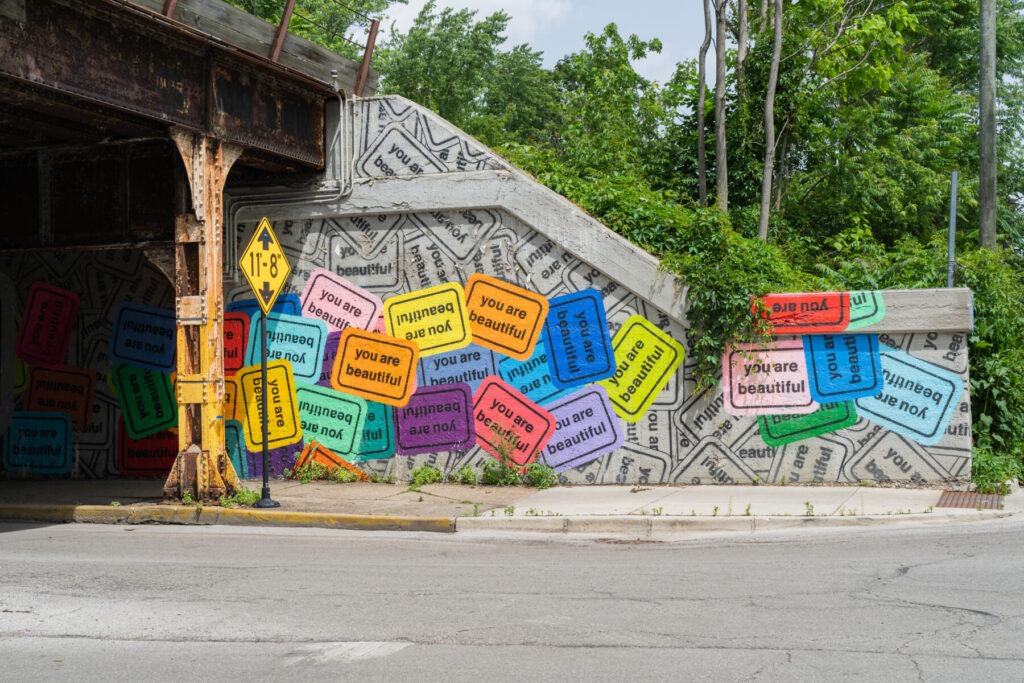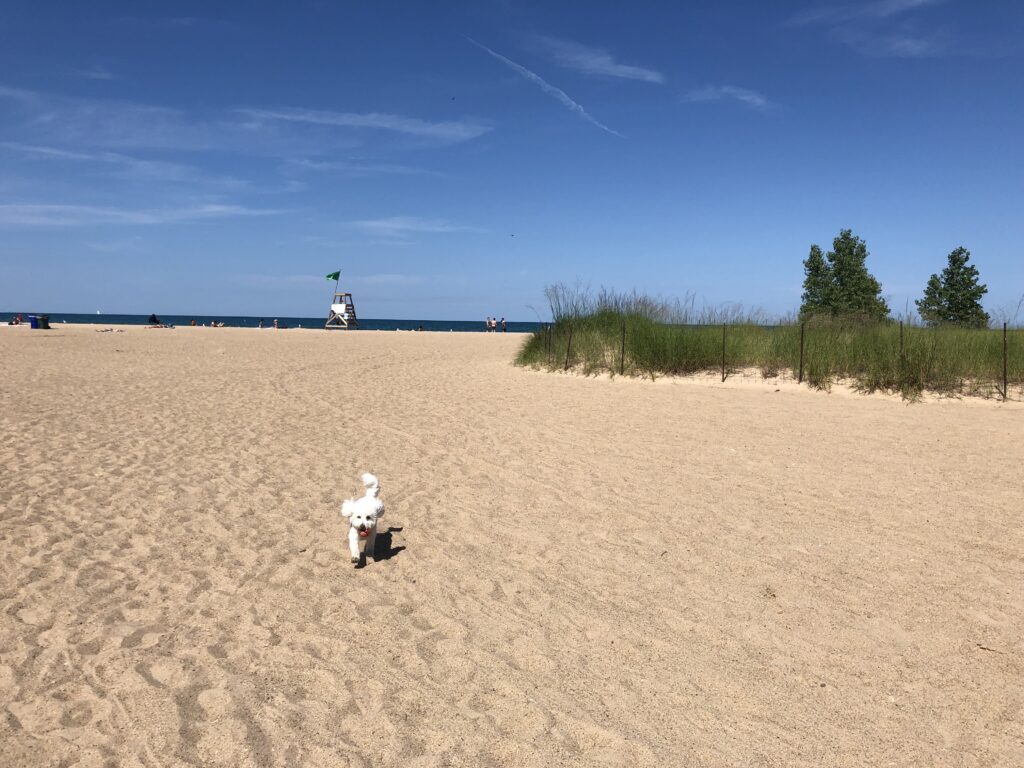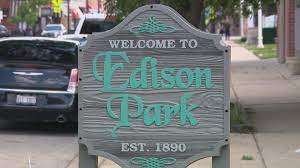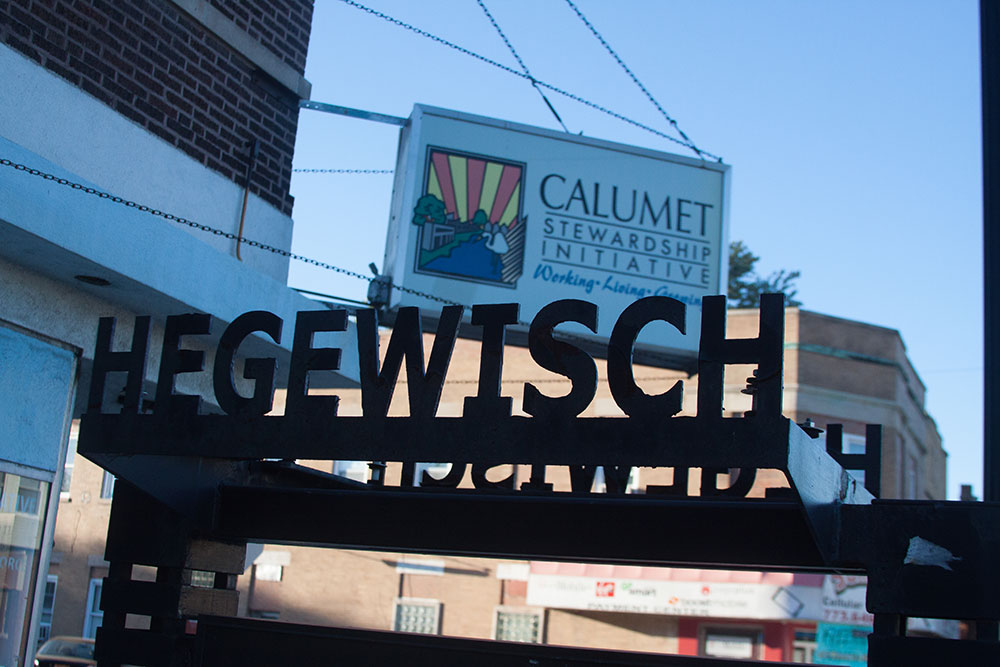Rogers Park: A Vibrant and Diverse Community on Chicago’s Far North Side
Rogers Park, located on the far north side of Chicago, is a culturally diverse community known for its progressive mindset and vibrant atmosphere. Situated on the shores of Lake Michigan, this neighborhood offers lush green public spaces, early 20th-century architecture, live theater, unique bars and restaurants, and stunning beaches. With a rich history and a strong sense of community, Rogers Park has earned its reputation as a top neighborhood to live in the United States. In this article, we will explore the history, demographics, economy, and cultural attractions that make Rogers Park a truly special place.
A Brief History of Rogers Park
Rogers Park has a fascinating history that dates back to the early days of Chicago’s colonization. The area was originally settled by Native American tribes who used the land as a seasonal home. The convergence of two Native American trails, which later became Rogers Avenue and Ridge Boulevard, played a significant role in the development of the neighborhood.
In the 19th century, Phillip Rogers of Ireland purchased a large parcel of land in the area. He operated a toll gate and traded with the local tribes. As more colonizers arrived, farms were established along a ridge in the western portion of Rogers Park to avoid the often-flooded lowlands. The population grew steadily, and in 1878, Rogers Park was incorporated as a village. The village thrived and attracted the attention of land speculators and the Chicago & Northwestern Railway, which built a line through the area. In 1893, Rogers Park was annexed to the city of Chicago.
Demographics and Community
Rogers Park is a diverse community with a rich mix of cultures and backgrounds. According to the U.S. Census data from 2020, the neighborhood is home to a population of approximately 55,628 people. The racial composition of Rogers Park is diverse, with 44.3% White, 27.1% Black, 18.9% Hispanic, 5.4% Asian, and 4.3% from other racial and ethnic backgrounds.
Education is highly valued in Rogers Park, with 88.3% of residents holding a high school diploma or higher. The neighborhood also boasts a significant number of residents with bachelor’s degrees or higher, with a rate of 47.2%, surpassing the state average. The community’s commitment to education is further evident in its high concentration of non-profit institutions.
Economy and Cultural Attractions
Rogers Park is home to a thriving and diverse economy. The neighborhood is anchored by Loyola University Chicago, which contributes significantly to the local economy and cultural scene. The presence of students and academics from Loyola University and Northwestern University has fostered a progressive and tolerant atmosphere in the neighborhood.
The neighborhood is known for its vibrant arts community, with numerous theaters, galleries, and music venues. The Glenwood Arts District is a hub for artists and creative professionals, offering a wide range of cultural experiences. Rogers Park also hosts the annual Chicago Comedy Film Festival, attracting filmmakers, actors, and agents from around the world.
Food enthusiasts will find plenty to explore in Rogers Park, as the neighborhood boasts over 130 restaurants, coffee shops, and cafes. From international cuisine to local favorites, there is something to satisfy every palate. The Glenwood Sunday Market, a popular farmers market, offers local and sustainable food options, including organic produce.

Parks and Beaches
One of the defining features of the neighborhood is its proximity to Lake Michigan and its stunning shoreline. The neighborhood is home to several beaches that offer residents and visitors a chance to relax, swim, and enjoy the beautiful views. Some of the notable beaches in Rogers Park include Pratt Beach, Loyola Beach, and Hartigan Beach.
In addition to its beaches, the neighborhood is blessed with an abundance of green spaces and parks. Indian Boundary Park, named after the Native American history of the area, is a popular destination for picnics and outdoor activities. Pottawattomie Park, located near Clark Street and Rogers Avenue, is another community favorite, offering playgrounds, sports fields, and walking paths.

Transportation and Accessibility
The neighborhood benefits from excellent transportation options, making it easy for residents and visitors to navigate the neighborhood and beyond. The Chicago Transit Authority (CTA) provides public transportation in the form of the ‘L’ train system and bus routes. Rogers Park is served by three ‘L’ lines – the Red Line, Yellow Line, and Purple Line. The Red Line stations at Howard, Jarvis, Morse, and Loyola provide convenient access to downtown Chicago and other parts of the city.
For those who prefer to travel by car, the neighborhood is easily accessible via major roads such as Ridge Boulevard, Devon Avenue, and Sheridan Road. The neighborhood also benefits from the presence of the Metra commuter rail service, with the Rogers Park station offering connections to downtown Chicago and the suburbs.
Schools, Libraries, and Museums
Education is a priority in Rogers Park, and the neighborhood is home to several schools and educational institutions. Chicago Public Schools operates several zoned K-8 schools, including Gale Elementary Community Academy, Eugene Field Elementary School, Joyce Kilmer Elementary School, and more. Rogers Park is also home to Loyola University Chicago, which provides higher education opportunities and contributes to the cultural fabric of the community.
The neighborhood boasts excellent library facilities, including the Rogers Park Branch of the Chicago Public Library and the Cudahy Library at Loyola University. These libraries provide resources and services to both students and the wider community.
In addition to schools and libraries, the neighborhood is home to several notable museums. The Leather Archives and Museum is dedicated to preserving and presenting the history of leather, kink, and fetish lifestyles. The Gerber/Hart Library and Archives focuses on LGBT books and materials, offering a valuable resource for researchers and the community.
Government and Politics
Rogers Park is represented in the Chicago City Council by the 49th and 50th wards. The 49th Ward is currently represented by Maria Hadden, and the 50th Ward is represented by Debra Silverstein. The neighborhood has historically supported the Democratic Party in presidential elections, with significant support for Hillary Clinton in 2016 and Joe Biden in 2020.
Notable People and Pop Culture
Over the years, the neighborhood has been home to many notable individuals in various fields. These include Grammy-nominated Irish-American fiddler and composer Liz Carroll, former First Lady Betty Ford, actress Tina Fey, and architect Marion Mahony Griffin, among others. The neighborhood has also made appearances in popular culture, with references to neighborhood street names in compositions by Liz Carroll and the indie drama film “Rogers Park” set in the neighborhood.
Rogers Park is a neighborhood that offers a unique blend of history, diversity, and cultural richness. From its fascinating past to its thriving arts scene, this community on Chicago’s far north side has something to offer everyone. Whether you’re exploring the stunning beaches, enjoying the vibrant food and entertainment options, or immersing yourself in the neighborhood’s rich cultural heritage, the neighborhood is a truly special place to live, work, and play.


